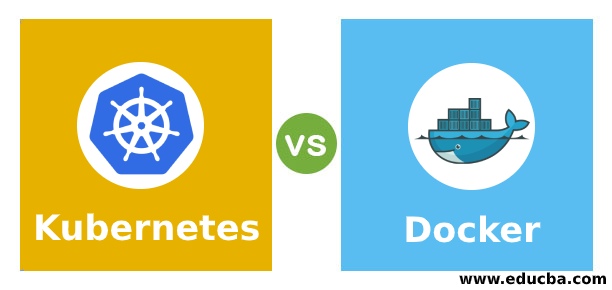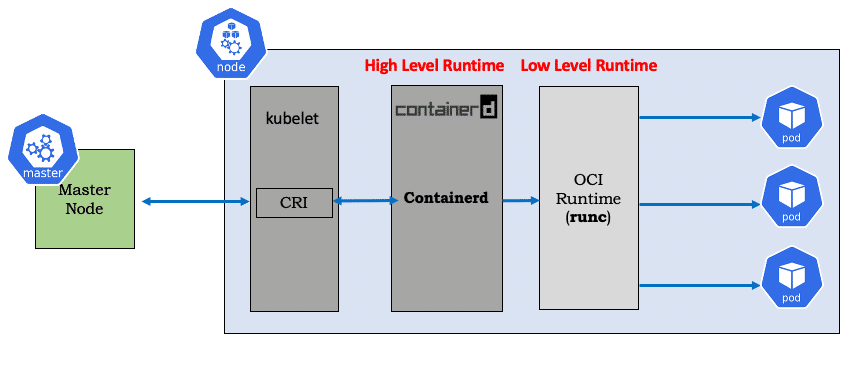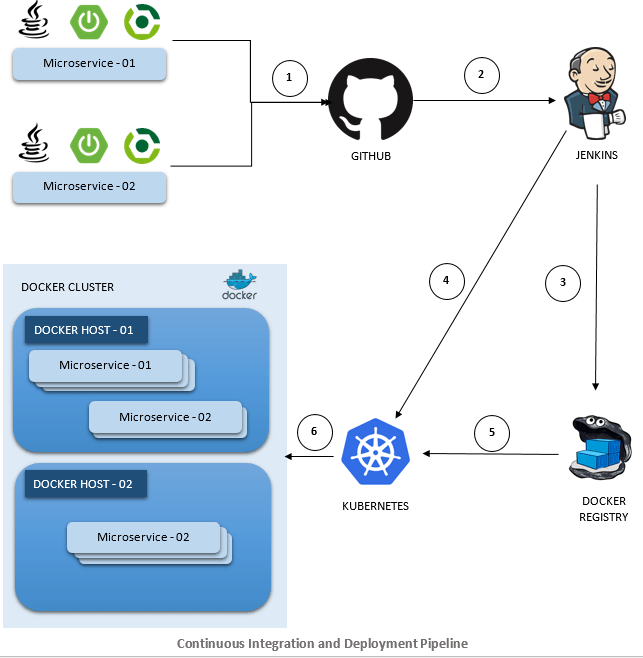

The image in this tutorial extends an existing Node.js image.

You can build a Docker container image by extending an existing image.

A Dockerfile describes the image that you want to build. Put your application into a Docker containerĬreate a file, also in the hello directory, named Dockerfile. The next step is to package your application in a Docker container. You should be able to see your “Hello World!” message at Stop the running Node.js server by pressing Ctrl-C. Create a new directory named hello with the filename server.js: var http = require ( 'http' ) var port = 8080 var handleRequest = function (request, response ) var www = http. The next step is to write the application.

You can read more about Web Relay ingress controller here. īut hold on, this command creates RBAC-enabled ingress controller in webrelay-ingress namespace with already configured credentials for your account. Key and secret not supplied, generating new access credentials. Ingress added to the cluster, configuring authentication. * docker-for-desktop docker-for-desktop-cluster docker-for-desktop Add ingress controller to your Docker for Mac KubernetesĪdd ingress controller: relay ingress init Unlike Minikube, Docker for Mac doesn’t hijack kubectl context, so you have to set it: kubectl config use-context docker-for-desktopĬheck whether your kubectl is using the docker-for-desktop context. If you have any problems with this step, it might make sense to visit Docker documentation on this matter. It should take a bit of time depending on the available Internet bandwidth and once it is done, it should report that the installation is complete. To enable Kubernetes support inside your Docker for Mac, select Enable Kubernetes and click the Apply and restart button: Time to get our hands dirty! Feel free to skip a few things like enabling Kubernetes if you have already done it. This tutorial will work for ANY Kubernetes cluster as long as it has an Internet connectivity. If you are not using Mac or Docker for Mac you can still follow this tutorial step-by-step, just skip the “Enable Kubernetes in your Docker for Mac” section. It should be included and configured by the Docker for Mac.


 0 kommentar(er)
0 kommentar(er)
